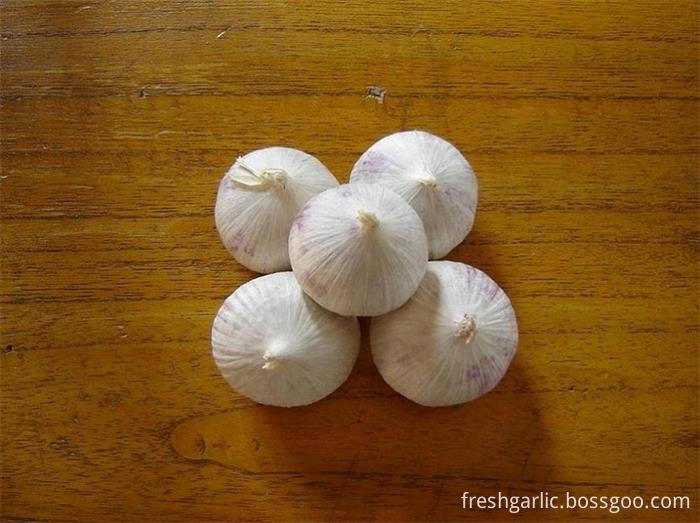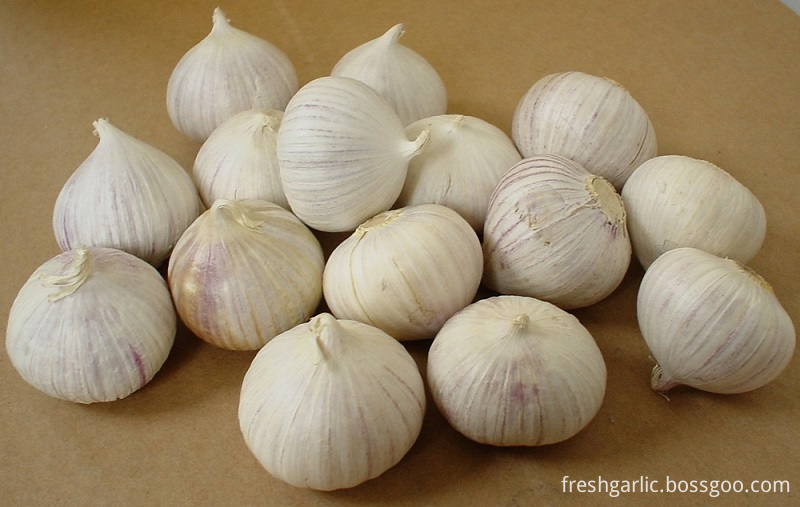How to use pellet feed for fish farming
First, the choice of feed
(1) Nutrition: It must be able to fully satisfy the growth needs of feed objects and grow fast. Some farmers only look at crude protein, while crude protein is only a basic nutrient index in a full-priced compound feed. It cannot fully represent the inherent quality of feed, because the basic unit of protein composition is amino acid, and there are 10 kinds of essential amino acids in fish. It is indispensable for the growth of fish. It is like a wooden barrel made of 10 wooden planks. If one of them is missing, it will affect the function of the other 9 planks and it cannot hold more water. In other words, the lack of any kind of hydrogen acid will seriously affect the absorption and utilization of other amino acids and affect the growth of fish.
(2) Safety: The ban on the use of banned drugs, such as harmful microorganisms, harmful heavy metals, and toxic organic compounds, must not be added to the feed. Otherwise, the fish raised will affect people's health. The fish is poor in shape and difficult to sell. Even if sold, the price is not high, affecting the effectiveness of fish farming.
(3) Cost-effectiveness: In the case of the same product quality, we have more than the price and the same price, we are more than the product quality, that is, ultimately we need to see the feed cost for growing a pound of fish.
Second, feeding technology
1, the use of feeding bait
The feeder has the advantages of uniform feeding, large feeding surface of the fish, and direct observation of the fish's feeding conditions. How to correctly use the feeding machine, the first is to make 100% of the feeding fish float to the surface of the water to catch food, so that The feed was completely consumed within 20 cm of the surface of the water. During the intense time, 10 to 20 percent of the snouts protruded from the surface of the water. The second is that the feeding machine should be placed on a solid foundation with solid and strong support. The feed spraying radius should be better than 1 meter.
2, the amount of feed
Properly grasping the amount of feed can promote the growth of fish, reduce the cost of fish production, and increase economic efficiency. If used improperly, it will increase the cost, even bring about diseases and cause losses. Feeding rate refers to the percentage of feeding weight in fish. Feeding rate is mainly affected by factors such as water temperature, dissolved oxygen, and individual size.
(1) Changes in water temperature and water temperature will affect the metabolic intensity of fish; thus, it also affects the color of the food plate, which generally increases with temperature in the appropriate temperature range;
(2) The body weight of fish increases with the growth and body of fish, and the feed intake increases, requiring an increase in the amount of feed, an increase in the body weight, and a drop in feeding rate because the fish’s feed consumption is negatively correlated with the body weight of the fish. .
(3) The oxygen-dissolved fish in the water ingested highly in the water with high dissolved oxygen, high digestibility, fast growth, and high feed efficiency;
(4) Types of fish Different types of fish have different digestive utilisation rates of their feed and different food intake. Feeding of herbivorous fish was the highest, omnivorous fish were centered, and carnivorous fish was the lowest.
3, feeding attention
(1) Feeding to do "Three Looks"
A look at the season: different water temperatures in the four seasons, to do early to eat, stop eating late, the middle of the fish to eat well enough to promote the growth of fish;
Second, look at the weather: the weather is clear, the dissolved oxygen in the water is high, and the fish eat well, should be appropriate to vote; the contrary, hot weather, low water dissolved oxygen, fish loss of appetite should be less voted or not cast, can also stop eating when the wind and heavy rain;
Third, look at the water: water is a comprehensive phenomenon of water quality, fresh water, water is normal, fish food intake is strong, should be fed normally, the water is too thick, fish floating head should vote less or stop feeding.
4, feed feeding points
(1) Storage time should not be too long
The pellet feed contains 12% to 14% of water during the production process, and has a long storage time, which is easily deliquescence and mildew, and affects the use value of pellet feed. After feeding, the fish is susceptible to disease. Therefore, the storage time should not be too long.
(2) increase the number of feeding
The fish has no stomach and the feed has a short residence time in the intestine. Therefore, if the total amount of feed is not changed, the number of feedings should be increased and the amount of each feeding should be reduced, so that the fish is always in a state of semi-starvation and the utilization of feed can be improved. , Lower bait factor.
(3) There must be a certain amount of feeding area and time. In the multi-variety polyculture ponds, carp and grass carp catch food fast and eat a large amount, while the carp eats “Swen†and the corresponding food intake is small, which often affects its growth. Therefore, the use of pellet feed must be carried out for a short period of domestication, so that the fish form a fixed food market, a fixed time of feeding habits, each feeding should be uniformly distributed, feeding time is not less than 30 minutes, feeding area of ​​40 to 60 square Rice, so that each fish can feed to feed.
(4) The particle size should be reasonable
When fish species are stocked, the water temperature is low, the growth is slow, and the size is small. The particle feed is controlled at a size of 2 mm. With the temperature rising and the species growing, the mid-aquaculture feed has a particle size of 3 to 3.5 mm. The diameter is 4 to 4.5 mm.
(5) Adding salt and allicin to prevent fish diseases In the production of pellet feed, the proper amount of salt and allicin are evenly mixed in the raw materials to disinfect and prevent fish diseases.
The Single Clove Garlic (also called Solo Garlic) is produced in the high mountain area of Yunnan Province in China, it is grown with organic fertilizers without chemical pollution. The harvest time is February to March each year. Solo garlic's price is higher than regular multi-clove garlic.
1. Commodity name: Single clove garlic
2. Feature: purple and white in color, good-looking appearance, unique flavour, strong fragrant taste compared with regular multi-clove garlic.
3. Origin: Yunnan province of China
4. Size: 2.5-3.0cm, 3.0-3.5cm, 3.5cm and up
5. Packing:
a) prepack: 250g/bag or basket, 10kgs/carton;
b) Loose packing: 10kgs/carton, 10kgs/mesh bag
c) packed according to clients` requirements.
6. Supply period: all the year round
a) Fresh season: early March to July
b) Cold storaged season: early August to the next February
7. Transporting and storing temperature: -3°C--+2°C
8. Shelf life: stored for up to 12 months in the proper conditions



Solo Garlic
Solo Garlic,Fresh Solo Garlic,White Solo Garlic,Natural Solo Garlic
JINING FORICH FRUITS & VEGETABLES CO., LTD. , https://www.forichgarlic.com